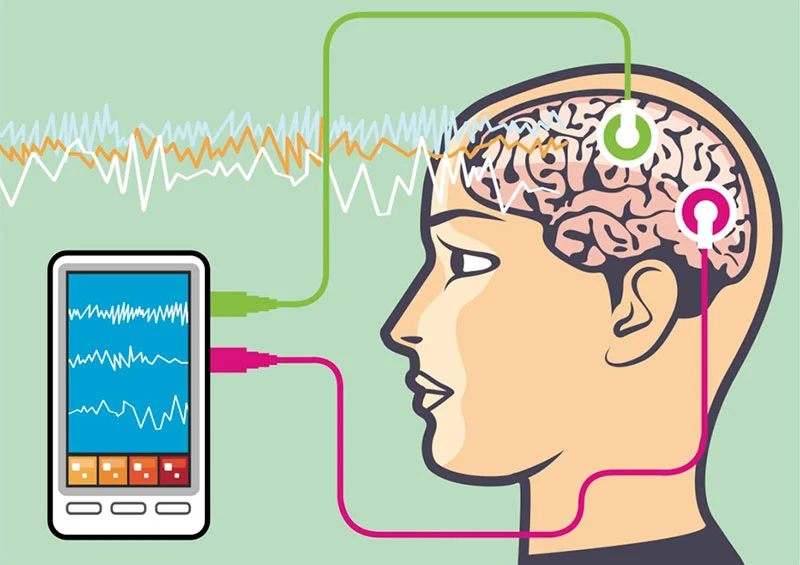Neurofeedback: What Can We Use It For?
Neurofeedback is a type of biofeedback that practitioners use to treat various conditions. It teaches the brain self-control and regulation by measuring brain waves. When the brain’s waves are in the desired state, the patient receives feedback. This feedback can be visual or auditory. For example, visual feedback might be a flash of light on a dimly lit screen, while auditory feedback might involve different sounds. Over time, the brain learns that staying in the optimal range leads to a reward. The “optimal range” varies from person to person, depending on their specific needs. Below are some conditions we treat with neurofeedback.
Anxiety
Anxiety is one of the most common conditions treated with neurofeedback. Those with anxiety often feel like their brain is constantly “on,” unable to relax. Individuals with anxiety may show excess alpha and beta brain waves. Neurofeedback helps by rewarding the brain when it reaches a calmer state. For example, when the patient’s brain calms and enters the optimal range, they receive a flash of light or a sound. If the brain shows excessive anxiety-related waves, the screen dims, and no sound plays. Over time, the brain learns to regulate itself. It realizes that calmness brings rewards, while anxious states do not.
ADHD
At NorCal Brain Center, many adults and children with ADHD come in for treatment to improve focus and reduce restlessness. Children with ADHD have difficulty paying attention and staying still. They typically show excess theta and beta waves in the frontal lobe, as seen on an EEG. Through neurofeedback, children can learn to regulate their brain waves, which helps them focus better and calm down. Although progress is gradual, neurofeedback can eventually help children become more attentive and focused. We also combine neurofeedback with other therapies to treat ADHD. Feel free to contact us with any questions, and stay tuned for future blogs on neurofeedback and its other applications.






